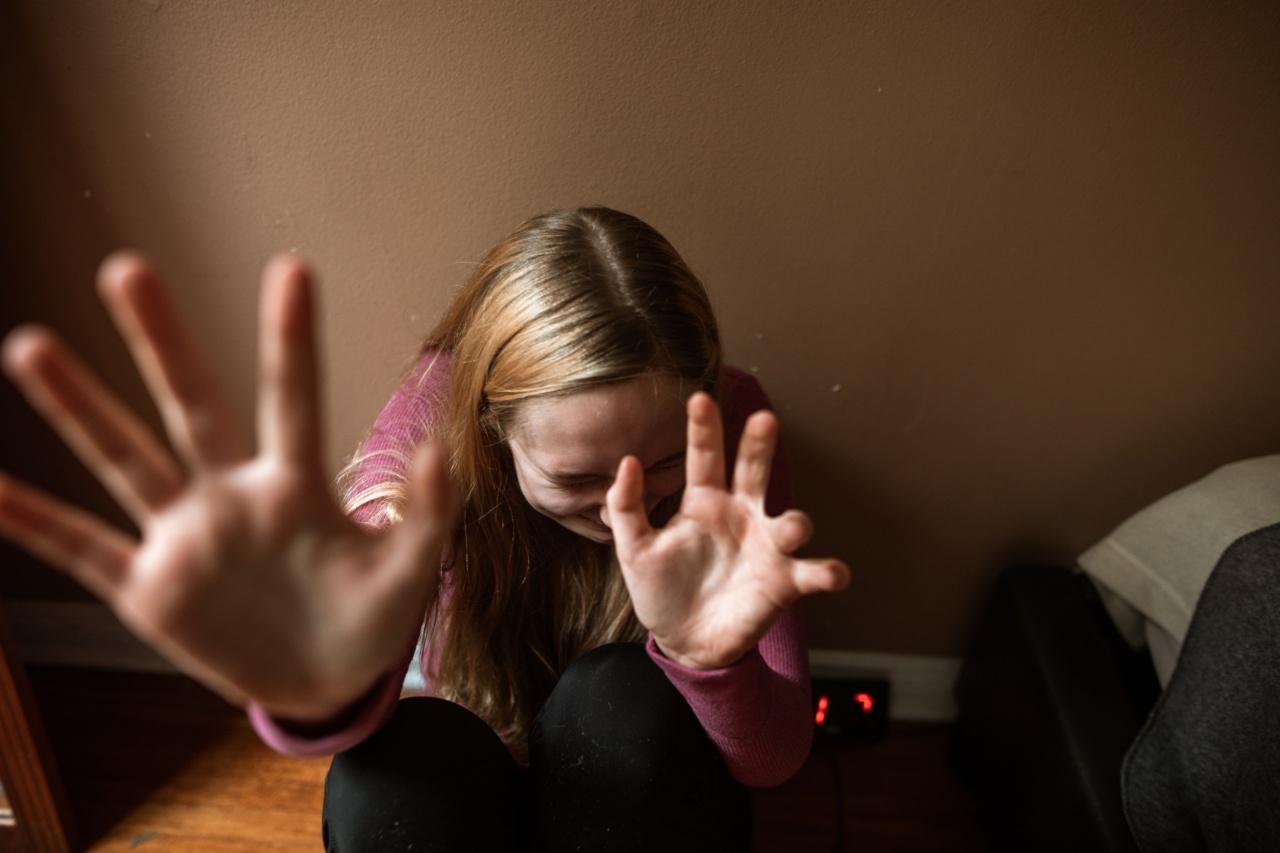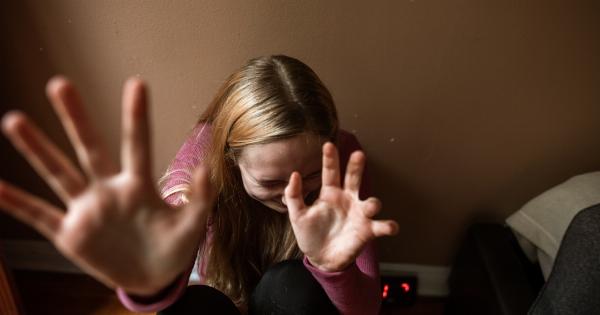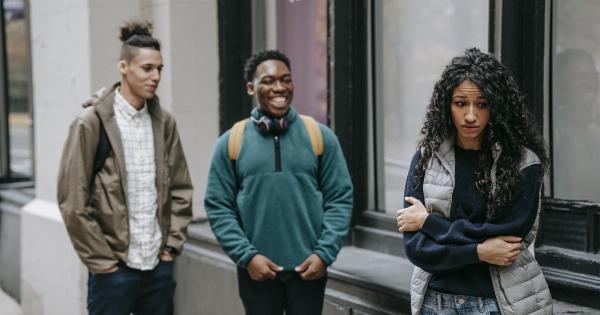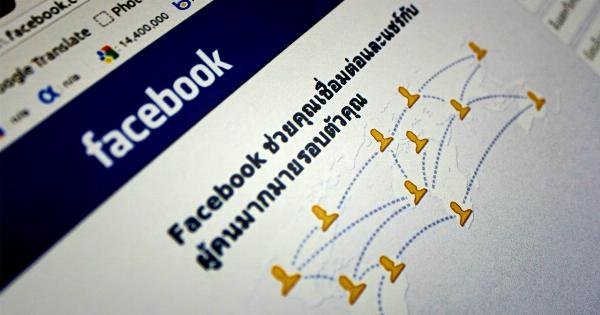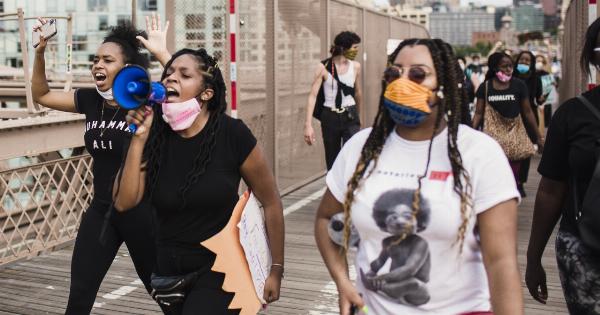Violence against women is a global issue that affects the physical, emotional, and mental wellbeing of women and girls worldwide.
The International Day for the Elimination of Violence Against Women is a day designated by the United Nations to raise awareness about this issue and to call for action to prevent and eliminate violence against women.
History of the International Day for the Elimination of Violence Against Women
The International Day for the Elimination of Violence Against Women was first observed on December 1, 1981, by the United Nations General Assembly.
The observance of this day aims to spread awareness of gender-based violence against women and its impact on society.
Furthermore, it calls for global action to end violence against women.
The date of November 25 was chosen as the International Day for the Elimination of Violence Against Women to commemorate the violent assassination of the Mirabal sisters, who were political activists in the Dominican Republic. They were murdered in 1960 by the country’s ruler at the time, Rafael Trujillo, for their political activism.
Types of Violence Against Women
Violence against women is a significant and widespread issue that takes many forms; some of the forms include sexual violence, domestic violence, honor killings, stalking, forced marriage, dowry violence, and acid attacks.
All these types of violence can have severe consequences on a woman’s physical, emotional, and mental wellbeing.
Impact of Violence Against Women
Violence against women has negative and far-reaching consequences on women’s lives, families, and communities.
It affects the physical and emotional health of women and can lead to long-term medical conditions, including HIV/AIDS, unwanted pregnancies, and sexually transmitted infections. Furthermore, it leaves women with traumas that are hard to heal, and it erodes their ability to live independently.
Violence against women also affects economic wellbeing, as it can limit women’s participation in the workforce and their access to education.
The cost of violence against women to societies is significant and includes the provision of healthcare services, legal support, and lost productivity.
What Can We Do to End Violence Against Women?
Ending violence against women is a collective responsibility, and everyone can make a difference. There are several ways that individuals and communities can help prevent and eliminate violence against women. These include:.
Educate Ourselves
Educating ourselves and others about the various forms of violence against women can help raise awareness and bring about change.
Everyone can learn about gender-based violence by reading books, academic articles, news sources, and other educational materials. Such education can help us understand the causes of gender-based violence and learn how to prevent it.
Support Survivors
Supporting those who currently experience gender-based violence can help them feel less isolated and encourage them to seek help from local authorities and organizations.
We can provide safe spaces, offer listening ears, and guide them towards professional services such as therapy or counseling. Such support can also help survivors feel a sense of empowerment and autonomy over their lives.
Hold Perpetrators Accountable
To hold perpetrators accountable for their actions is an important step towards ending violence against women. It involves reporting perpetrators to the relevant authorities and ensuring they face legal consequences for their actions.
Challenge Gender Stereotypes
Gender stereotypes are one of the most significant contributors to violence against women. Challenging these stereotypes by promoting gender equality and empowering women can help prevent gender-based violence.
We can promote gender equality by supporting women’s rights and advocating for laws and policies that support gender equality.
Conclusion
Ending violence against women requires all of us to work together as a society. It requires everyone to raise awareness, provide support, hold perpetrators accountable, and challenge stereotypes.
The International Day for the Elimination of Violence Against Women is a reminder that we still have a long way to go to ensure that women live free from all kinds of violence.
